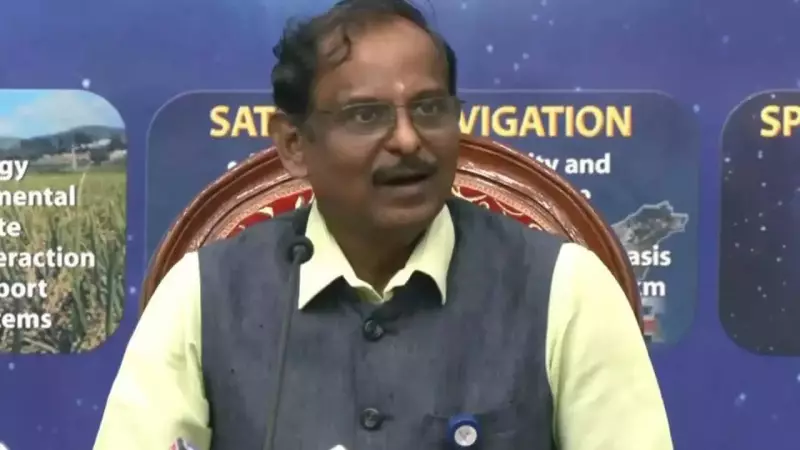
In a significant development for India's space program, the Indian Space Research Organisation (ISRO) is gearing up for the highly anticipated launch of the CMS-03 satellite aboard its powerful LVM-3 rocket on November 2nd. This mission marks another milestone in India's growing capabilities in space technology and satellite deployment.
Countdown to Launch: CMS-03 Mission Details
The Launch Vehicle Mark-3 (LVM-3), India's heaviest rocket, will blast off from the Satish Dhawan Space Centre in Sriharikota, carrying the sophisticated CMS-03 communication satellite. This launch represents ISRO's continued commitment to advancing India's telecommunications and broadcasting infrastructure through cutting-edge space technology.
NISAR Satellite: A New Era in Earth Observation
In parallel developments, the NASA-ISRO Synthetic Aperture Radar (NISAR) satellite, a joint venture between the American and Indian space agencies, has commenced its operational phase. This groundbreaking Earth-observation satellite is set to revolutionize our understanding of climate change, natural disasters, and ecosystem dynamics.
Key features of the NISAR mission include:
- Advanced radar imaging capabilities for comprehensive Earth monitoring
- Dual-frequency radar system for unprecedented data collection
- Global coverage every 12 days, providing frequent updates on planetary changes
- Enhanced disaster management and climate change monitoring applications
Strategic Importance of the Missions
The CMS-03 launch and NISAR operations underscore India's growing prominence in the global space arena. The LVM-3 rocket, which has previously demonstrated its reliability through successful commercial and scientific missions, continues to be a workhorse for India's space ambitions.
Space experts highlight that these developments position India as a key player in both communication technology and Earth observation sciences. The successful implementation of these missions will significantly enhance India's technological capabilities while contributing valuable data to global scientific communities.
Future Implications and Global Impact
The commencement of NISAR operations represents one of the most significant collaborations between NASA and ISRO to date. This joint mission is expected to provide critical insights into:
- Climate change patterns and their impact on global ecosystems
- Natural disaster prediction and management strategies
- Agricultural monitoring and food security assessments
- Infrastructure planning and urban development tracking
As the November 2nd launch date approaches, the global space community watches with keen interest, anticipating another successful demonstration of India's growing expertise in space technology and international collaboration.





